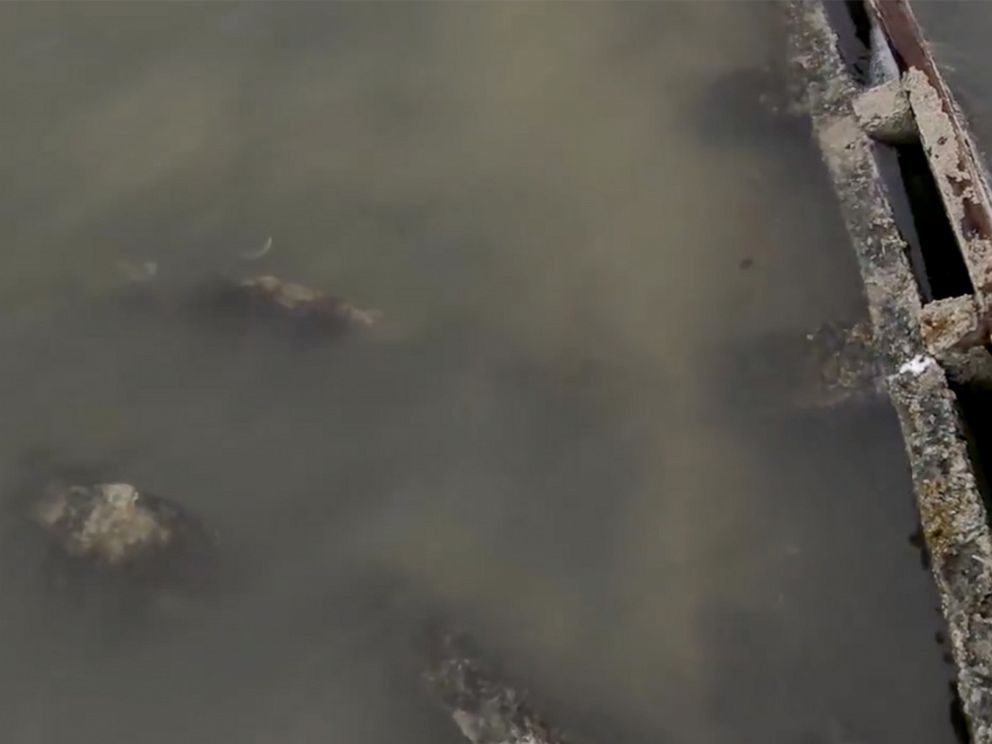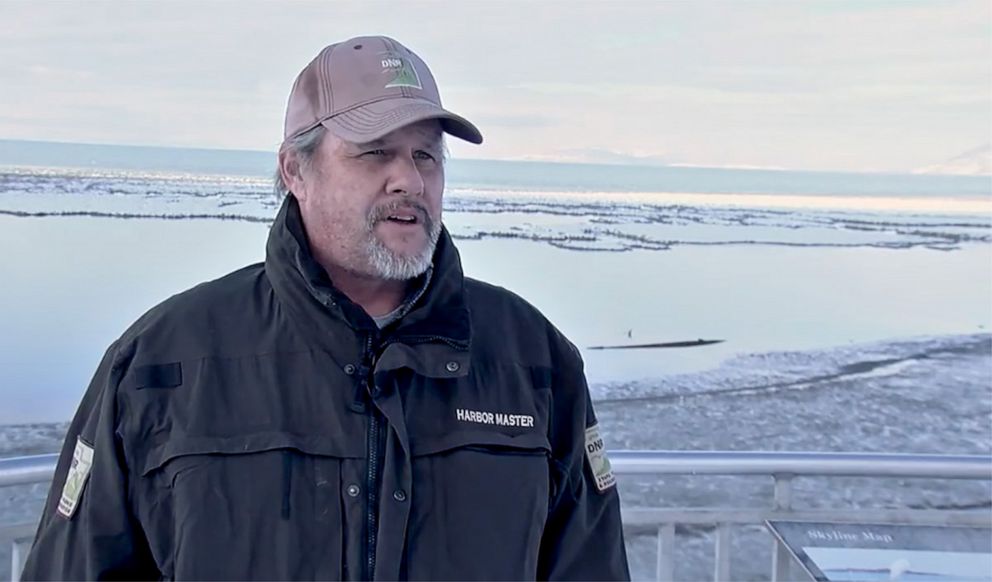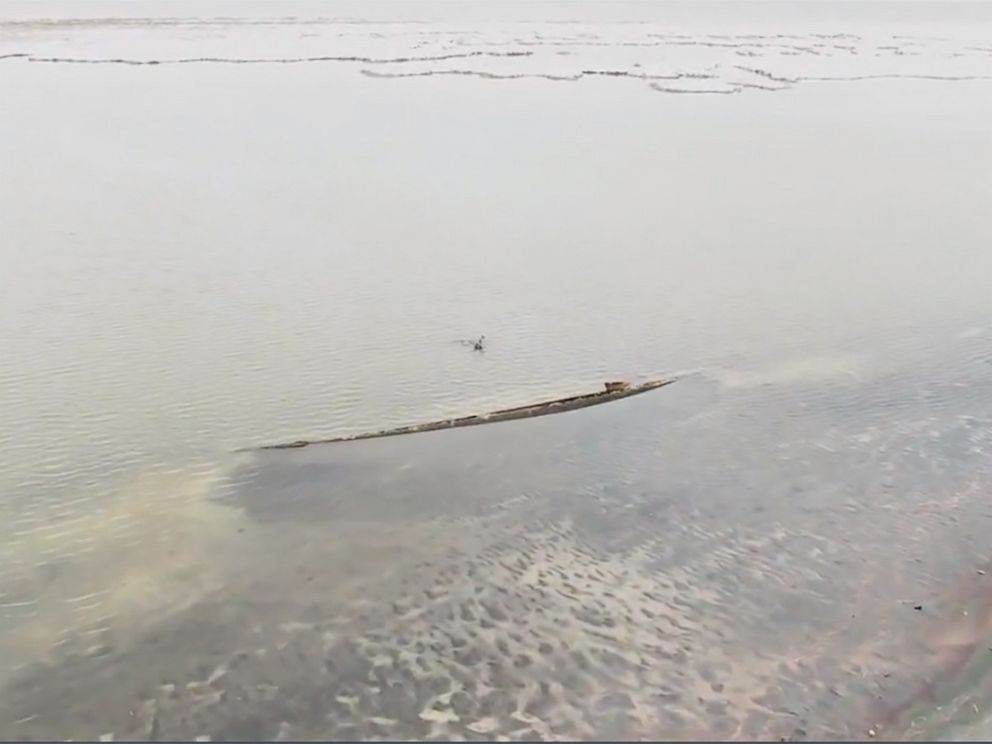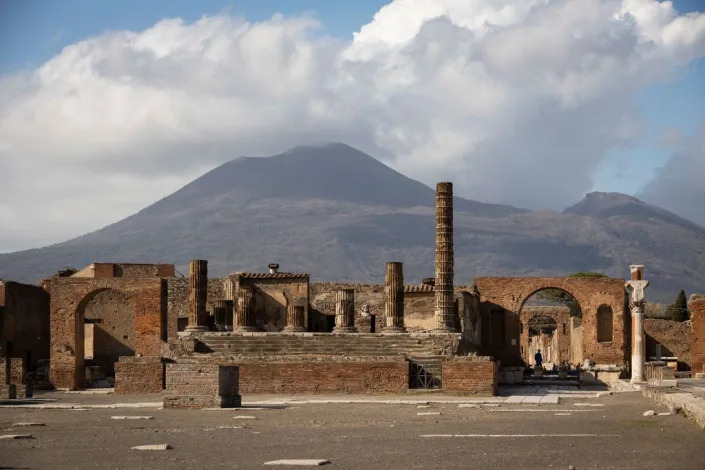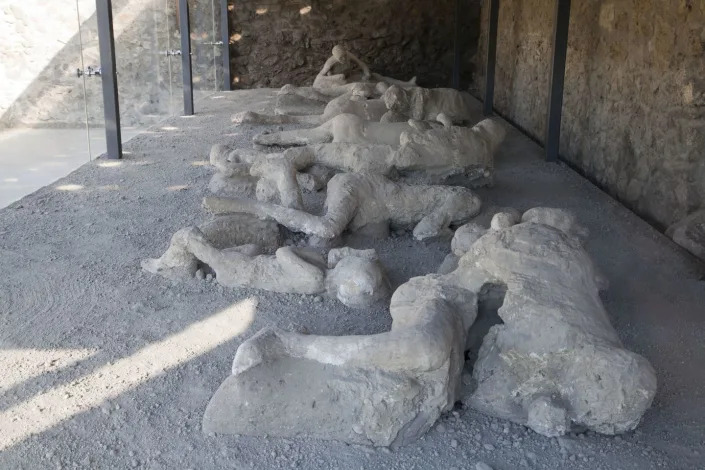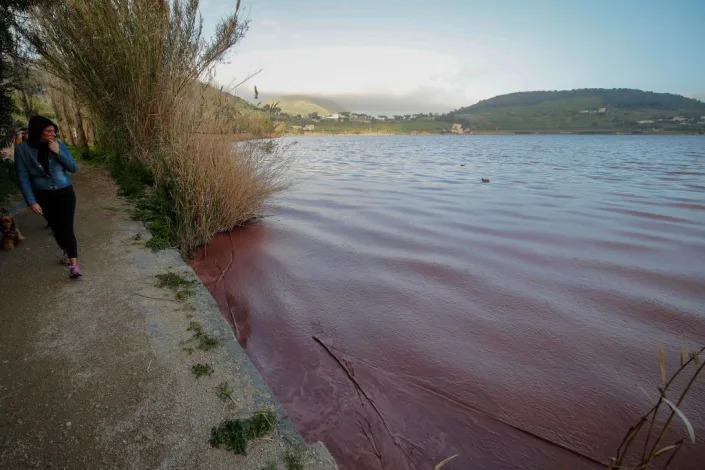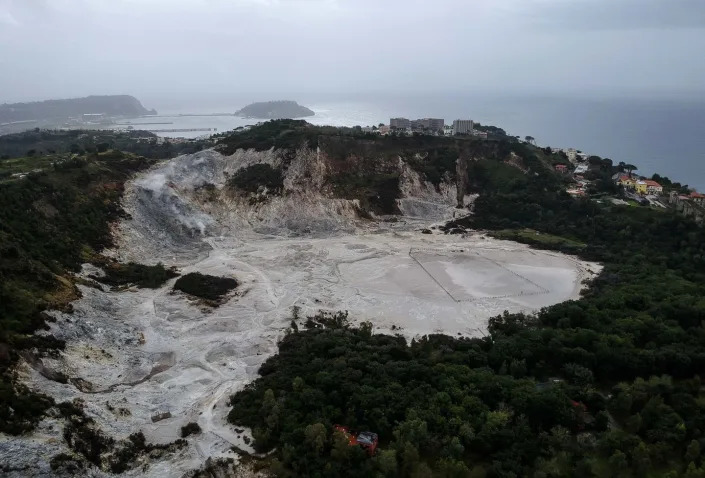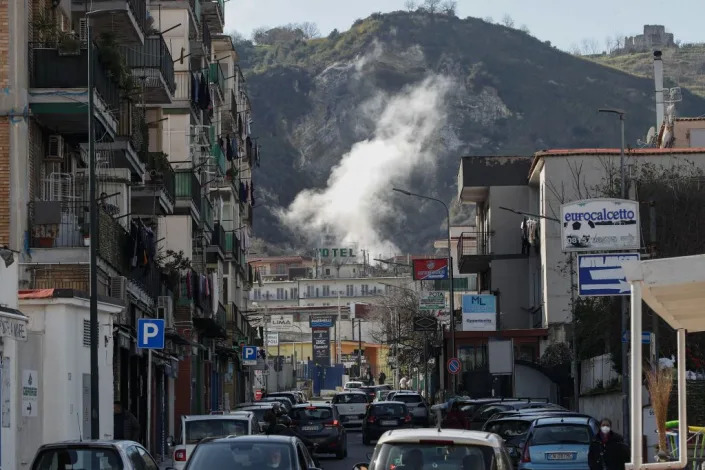
Researchers at Valencia Catholic University Saint Vincent Martyr in Spain have experimented with cranberry extract as an antimicrobial additive to lipstick.
Dec. 16 (UPI) -- Researchers in Spain have developed a novel way to create antimicrobial lipstick with cranberry extract.
Researchers Alberto Tuñón-Molina, Alba Cano-Vicent, and Ángel Serrano-Aroca reported in ASC Applied Materials & Interface that they were able to reduce microorganism colonies in samples that contained cranberry extract added to cream lipstick base. Their research was funded by Valencia Catholic University Saint Vincent Martyr and the Spanish Ministry for Science and Innovation.
"The COVID-19 pandemic has speeded up the race to find materials that could help limit or avoid the spread of SARS-CoV-2, while infections by multidrug-resistant bacteria and fungi are now becoming a serious threat," the authors wrote in the report. "In this study, we developed a novel bio-based lipstick containing cranberry extract, a substance able to inactivate a broad range of microorganisms."
The study showed that fungal and bacterial colony growth was greatly reduced in test samples that contained cranberry extract.
"The proposed antimicrobial lipstick offers a new form of protection against a broad range of microorganisms, including enveloped and non-enveloped viruses, bacteria, and fungi, in the current COVID-19 pandemic and microbial-resistant era," the report said.
The American Chemical Society, which published the study, was founded at New York University in 1876 and currently has over 151,000 members in 140 countries.












